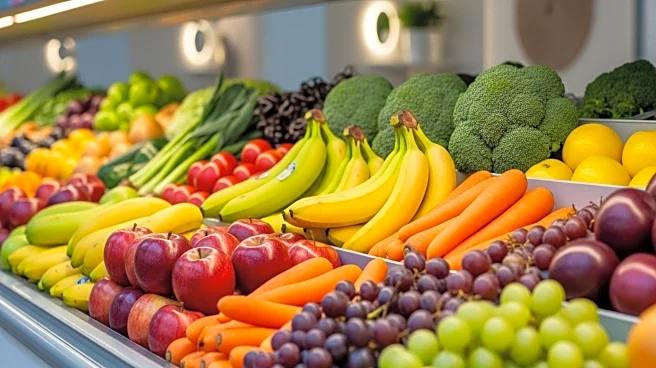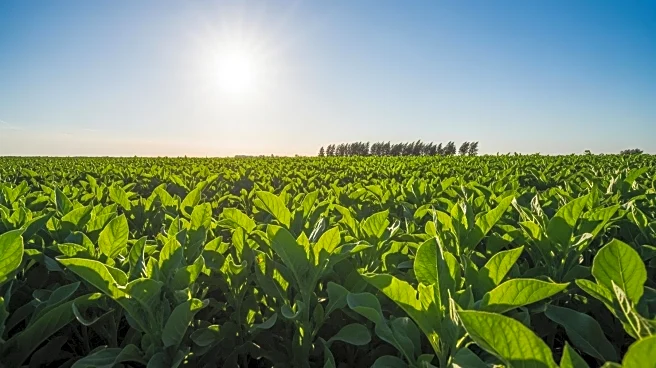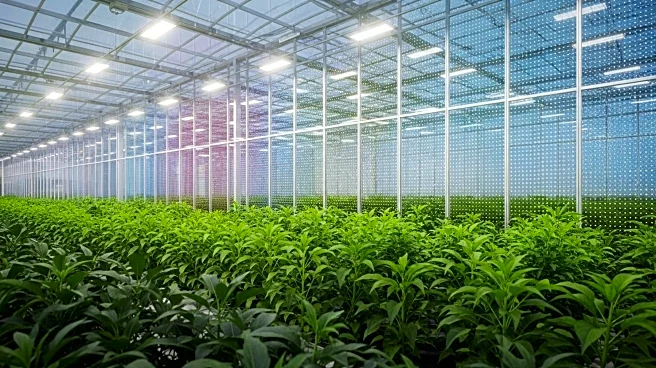What's Happening?
Americans are experiencing a substantial increase in grocery prices, with inflation, tariffs, and extreme weather contributing to the rise. According to the USDA's Economic Research Service, food prices have increased by 24% from 2020 to 2024, with coffee prices alone surging 45% year over year in August. Consumer Reports offers strategies to mitigate these costs, such as shopping with a plan, opting for generic brands, and considering meatless meals. Additionally, joining store loyalty programs and utilizing food banks or SNAP benefits can provide further relief.
Why It's Important?
The rising grocery prices are affecting a significant portion of the American population, with 77% reporting the most noticeable increase in food costs. This trend is likely to impact household budgets, especially for low-income families who rely heavily on affordable food options. The increase in prices may lead to changes in consumer behavior, such as increased demand for generic brands and alternative food sources. The economic strain could also prompt policy discussions on food security and inflation control measures.
What's Next?
As grocery prices continue to rise, consumers may increasingly turn to cost-saving measures and government assistance programs. Retailers might respond by expanding their generic product lines and offering more promotions to retain customer loyalty. Policymakers could face pressure to address the underlying causes of inflation and consider interventions to stabilize food prices.
Beyond the Headlines
The increase in grocery prices may have broader implications for public health, as families might opt for cheaper, less nutritious food options, potentially exacerbating health issues related to diet. Additionally, the economic pressure could lead to increased demand for social services and food assistance programs, highlighting the need for sustainable solutions to food insecurity.










